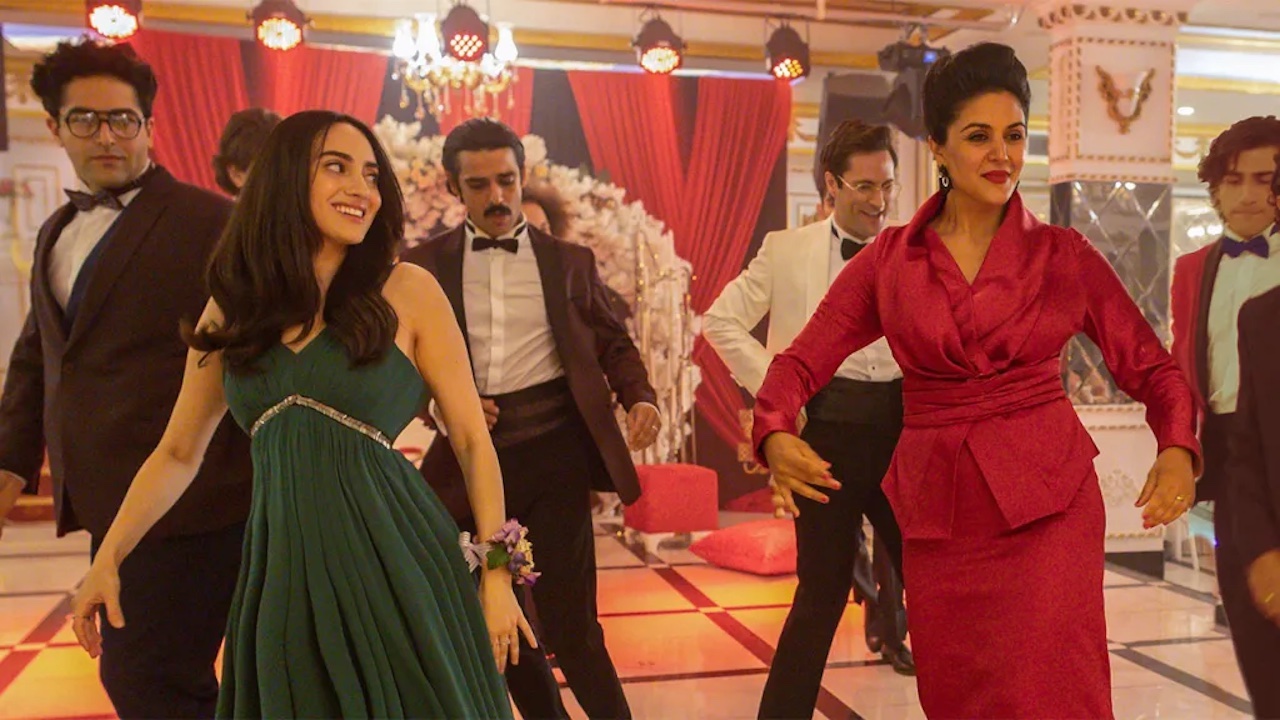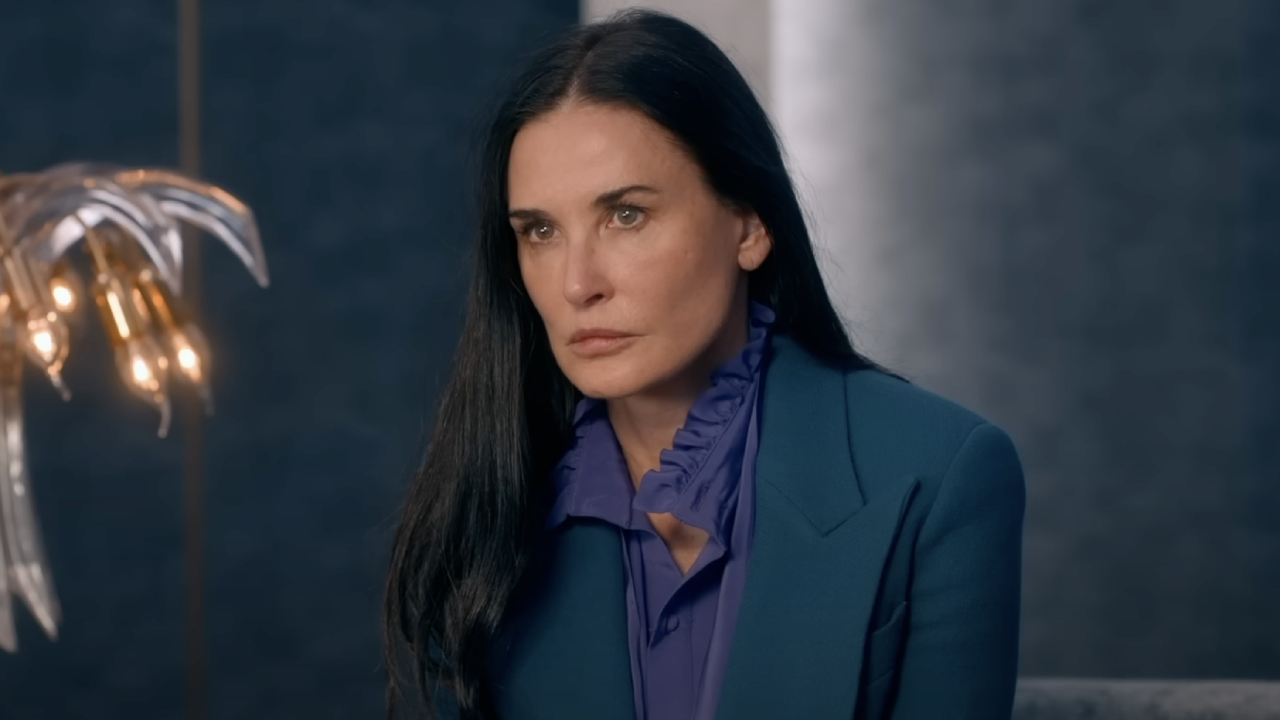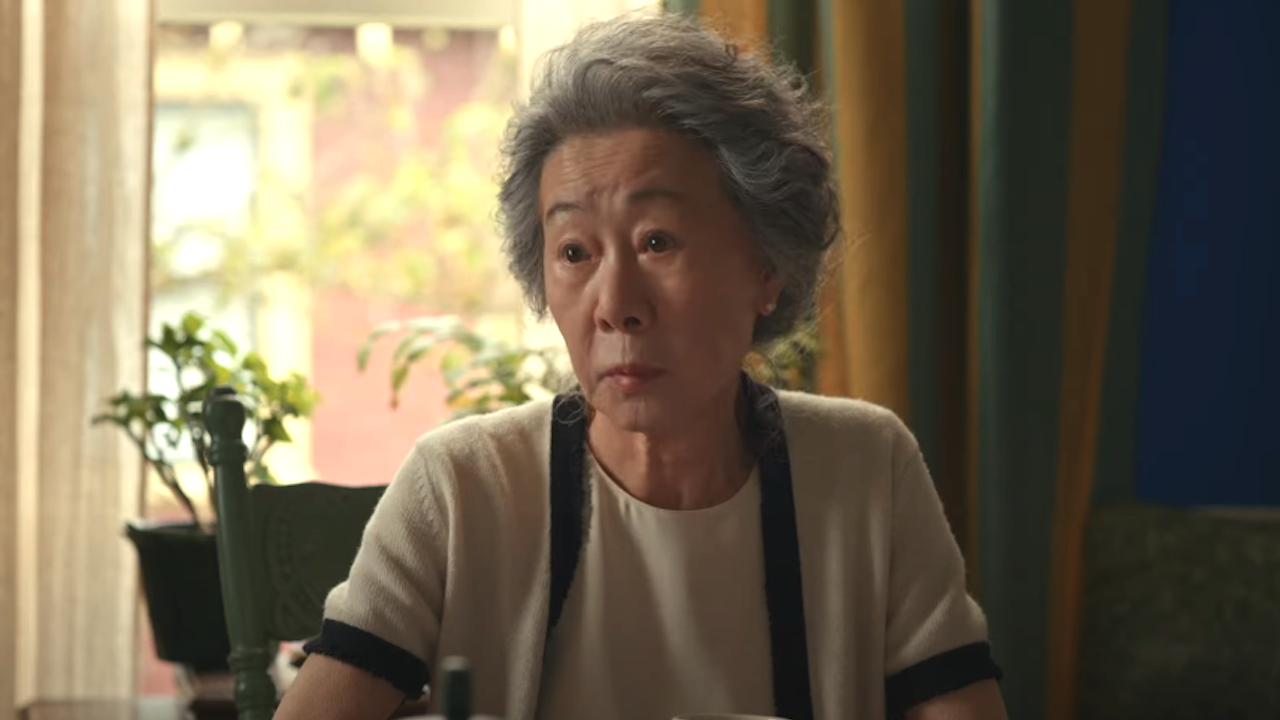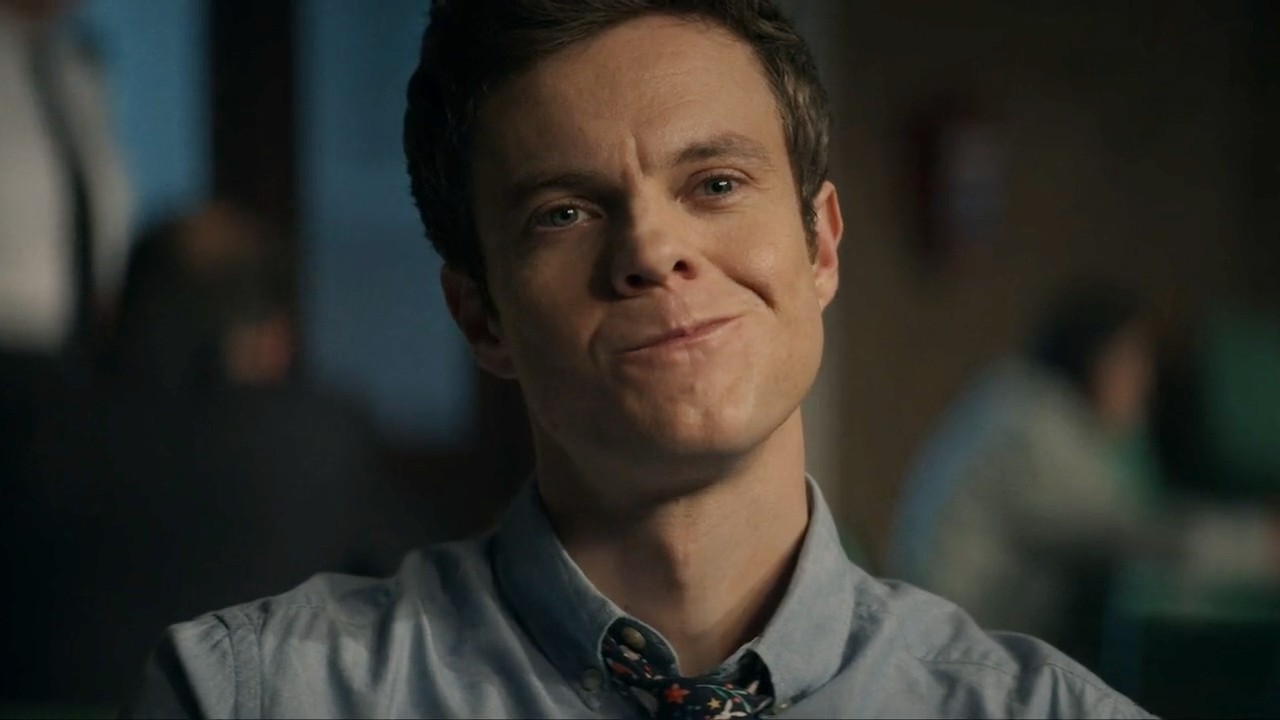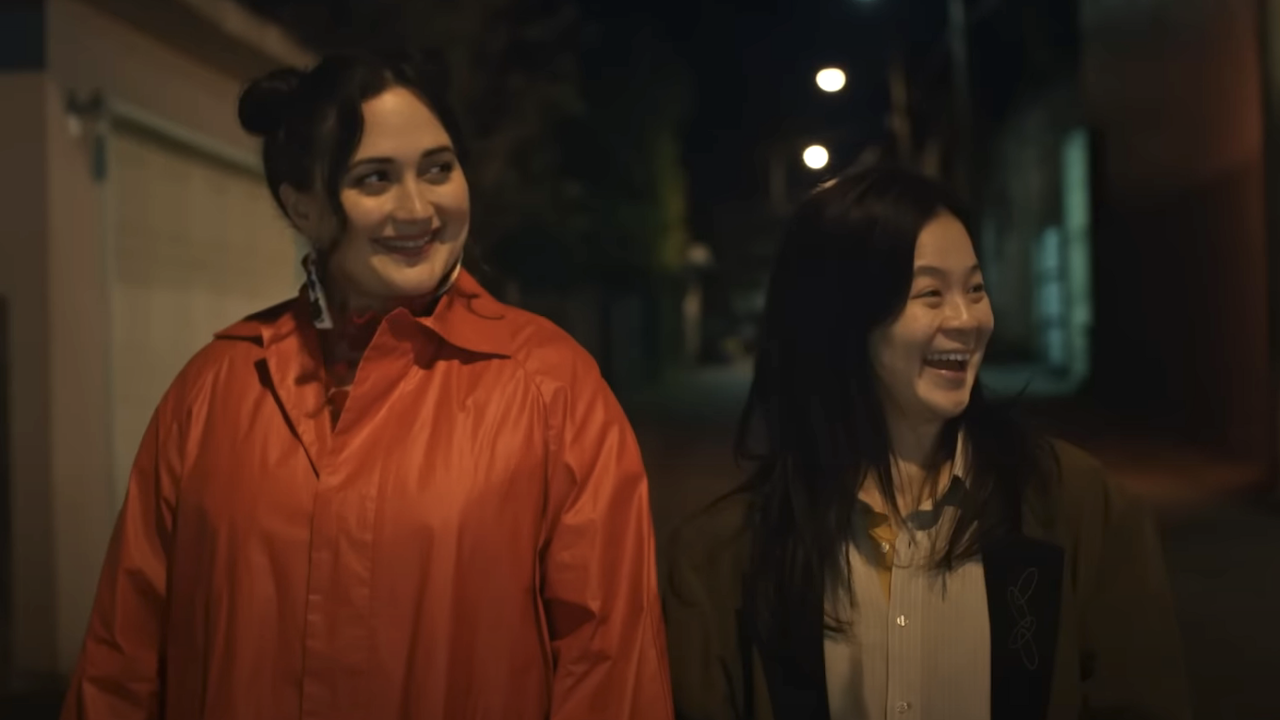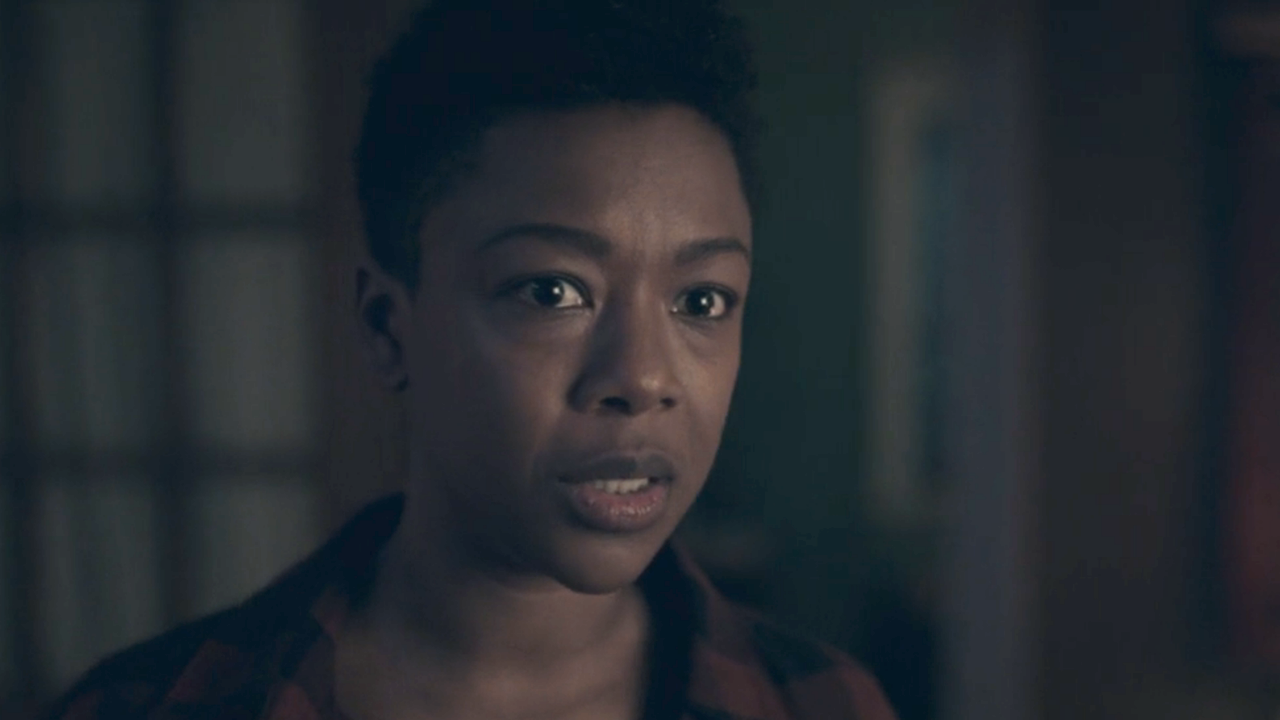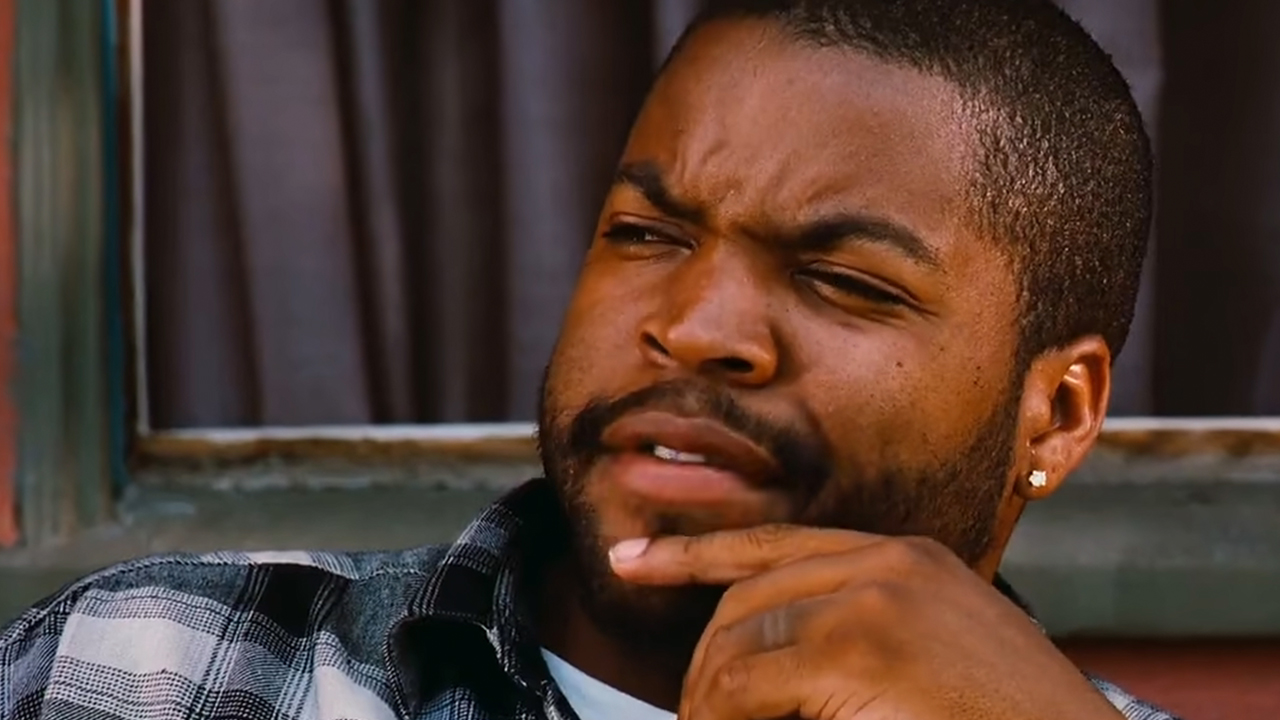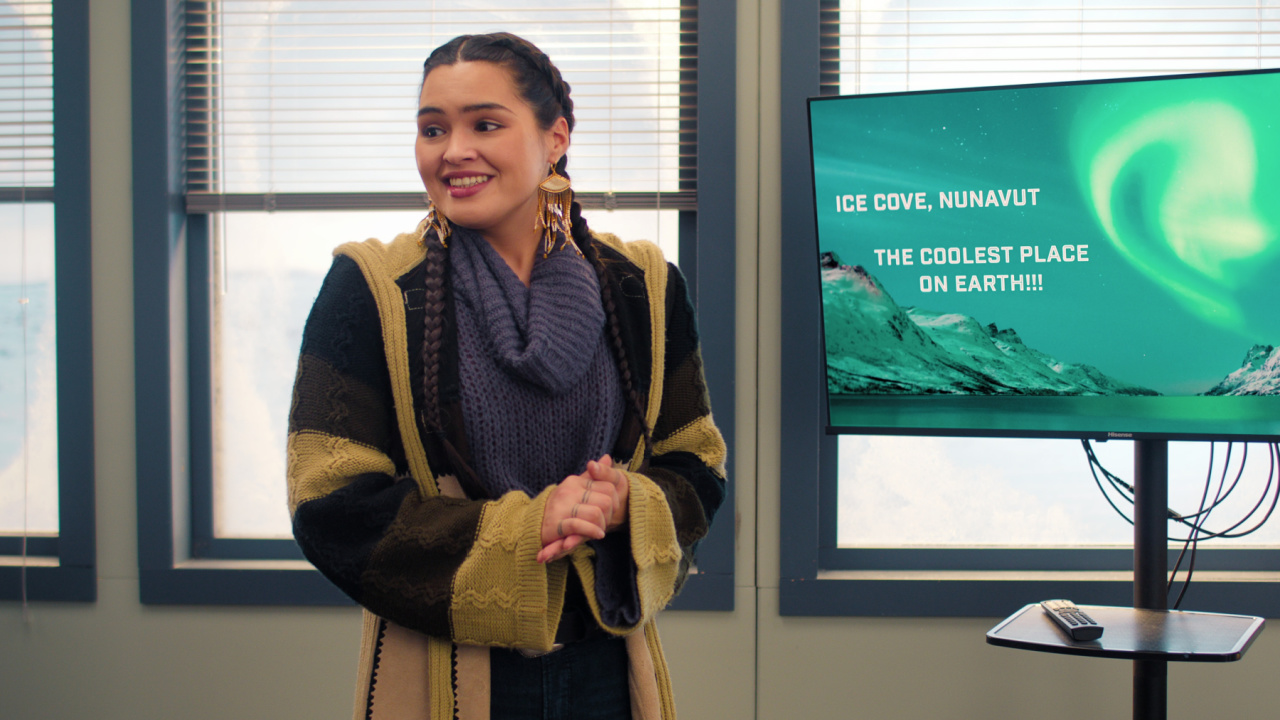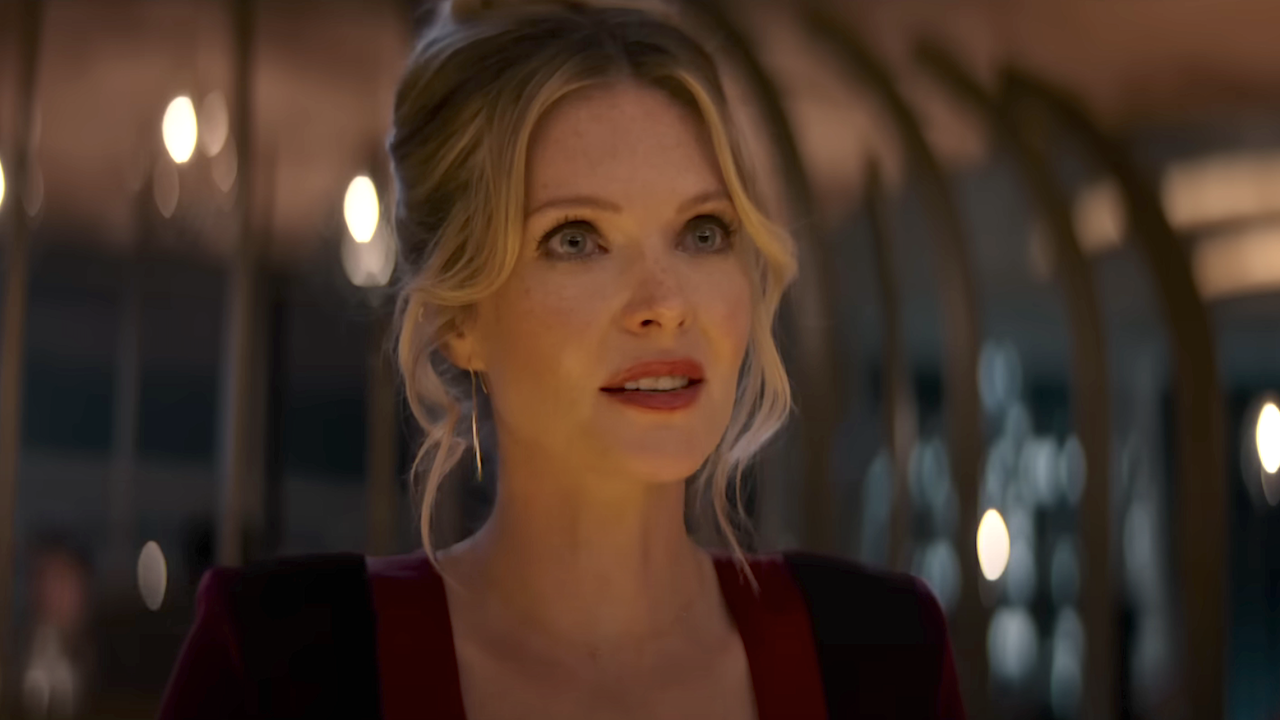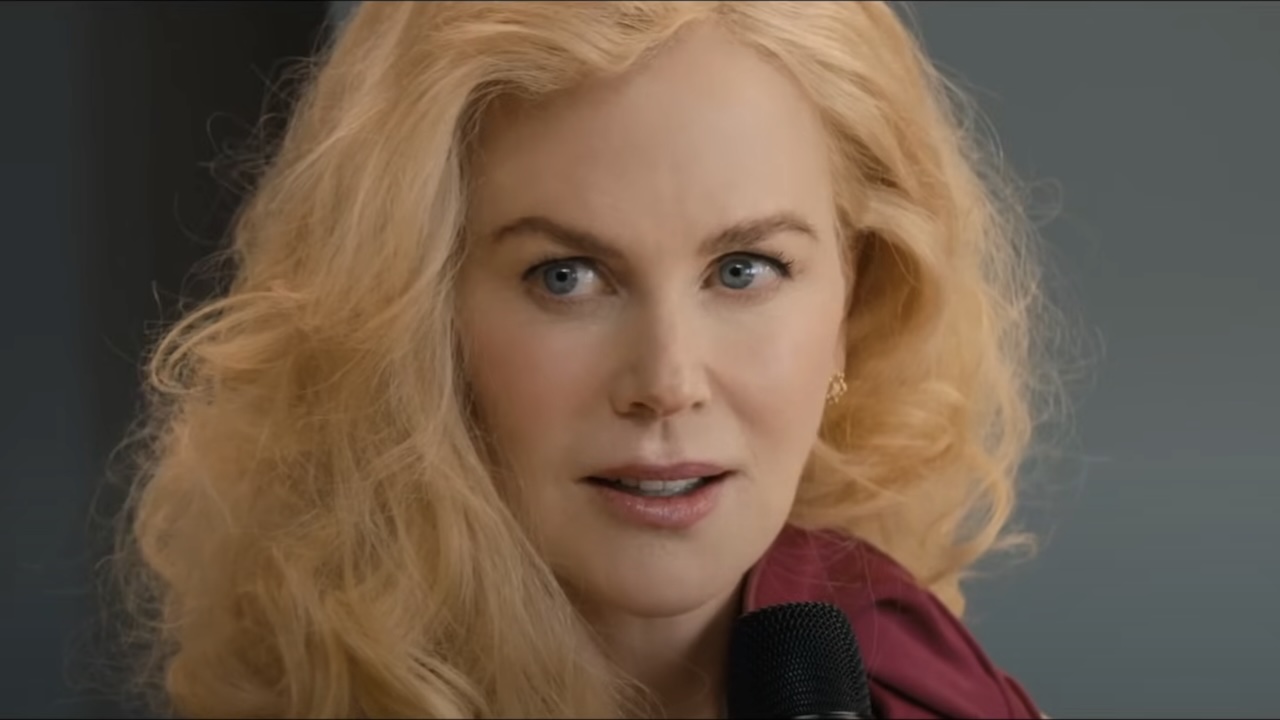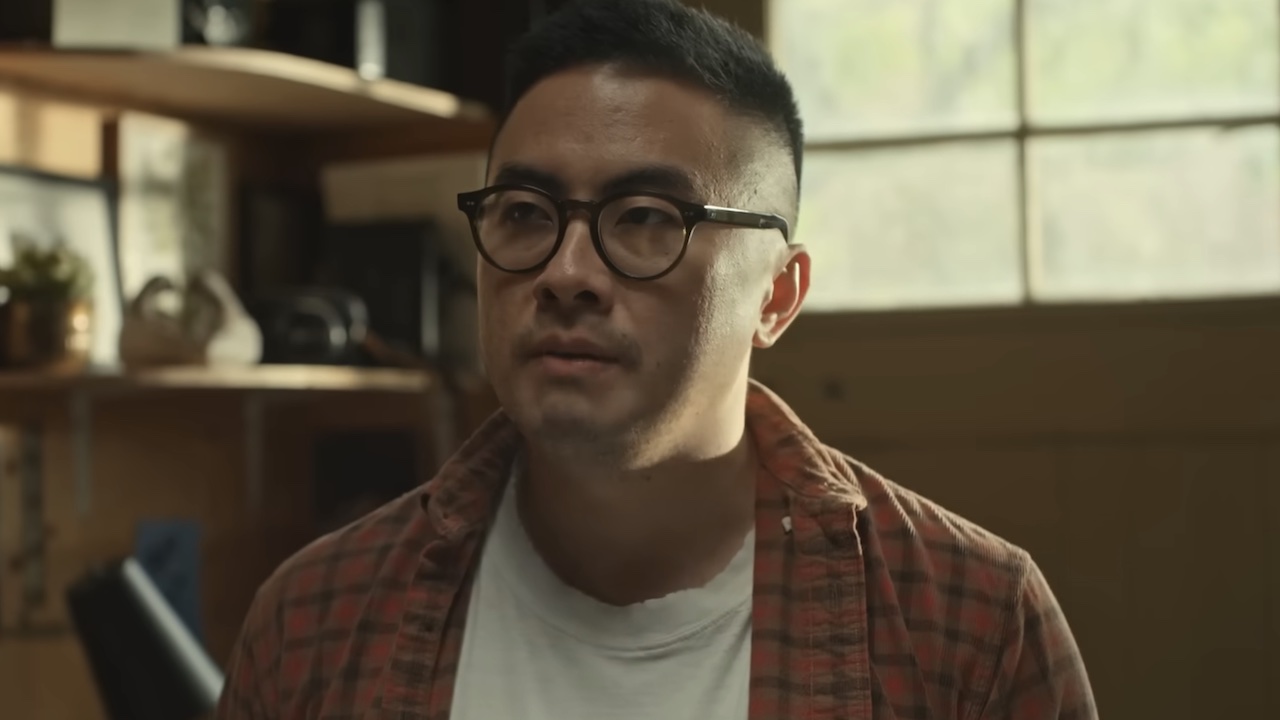The Persian Version’s Director Discusses Breaking The Fourth Wall Fleabag Style To Talk About The Iranian-American Experience
Do look into the camera.
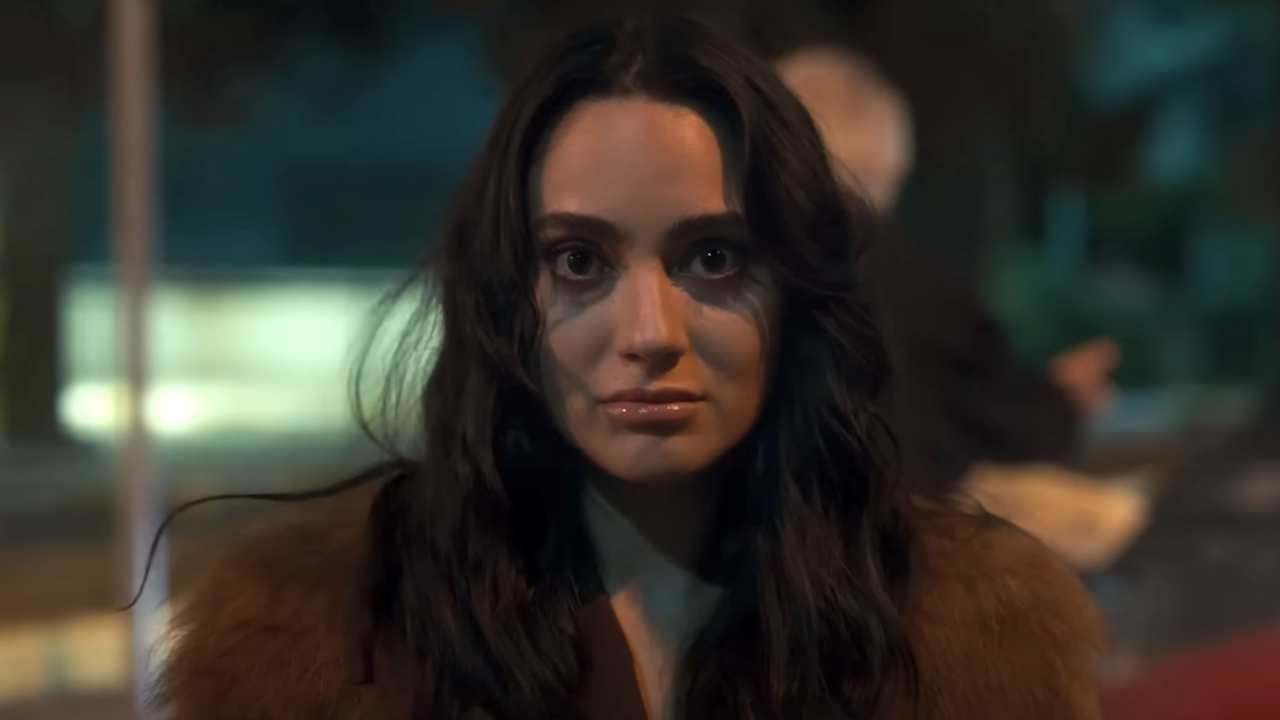
There’s an unspoken rule actors regularly adhere to on movie sets: don’t look into the camera. It’s key to giving audiences the feeling like they are peering into a world outside of their own. But every once in a while, filmmakers go against those rules and have their characters break the fourth wall. The latest use of the storytelling device is prominent in Sundance Film Festival winner The Persian Version. Writer/director Maryam Keshavarz employed it to get personal about the conflicting experience of growing up Iranian American.
There have been plenty of instances of the fourth wall-breaking tactic being used. Deadpool does so to make frequent pop culture references, while Millie Bobby Brown’s Enola Holmes employs the technique as well. And of course the titular character on Fleabag, one of Phoebe Waller-Bridge’s most famous of projects, does it, too. When CinemaBlend spoke to Maryam Keshavarz about the making of The Persian Version, she shared with us why the device was right for her comedy specifically. In her words:
I was going way before Fleabag came out, that's so funny, but it made me realize that it can be done. I mean, there are other films that have used it, right? Especially, a lot of British TV shows use… obviously The Big Short, and there's other places that have used it. Fleabag just made me realize that it can be done in a way that creates intimacy.
Ah yes, the iconic Margot Robbie bubble bath scene, too! Early in The Persian Version, Layla Mohammadi’s Leila breaks away from a sultry moment between a man dressed up in Hedwig and the Angry Inch-inspired garb to look into the barrel of the camera and talk about the complications of growing up with immigrant parents. Even though it’s a more popular device nowadays, as the director continued, others tried to steer her away from using it:
[Breaking the fourth wall] was my instinct, but people were always like ‘Are you sure you wanna do it? It's a big risk. Maybe you don't wanna do it. Maybe do the scenes without it’. And I was like, ‘No, I gotta go all the way’. And I always knew I wanted to do it because I wanted to have this sense that she’s confiding in the audience. And, also I wanted her to be able, in a funny way, to tell the history of these countries without it being like a history lesson. So, it feels less of a history lesson when she's telling you it somehow, it's more funny. And then the other thing that was very important was that when I realized that the other narrator in the film is the mother, I wanted to make it very clear that the first narrator is Layla. And so that when the next person takes over the device, the mother, it's very clearly a break in the narrator. So the only two people that are able to break the fourth wall are the mother and daughter. So, I thought it could be a very powerful tool if it was used correctly.
The Persian Version follows Leila in a pivotal moment in her life. Her father is in the hospital, and she’s about to become a mother herself. As the young and pregnant woman grapples some major wake-up calls in her life, she tells the story of her own life, which includes growing up going in between her home in the United States and back to Iran over summers during the Iran-Iraq war. In one particularly memorable sequence, she likens the experience of being an Iranian-American to being a “child of divorce.” As Maryam Keshavarz shared about the sequence:
I didn't wanna have a film that had started with archival footage. It has nothing to do with the main character… I want everything to be filtered through the lens of Layla. And so Layla sees everything in many ways. Like not through even politics. She sees everything through art, right? So I want it to be couched in a way that we can understand. People understand divorce and they understand marriage. Also, they don't realize that Iran and America used to be friends. And I think if I tell you that and then I say that they're enemies now, it doesn't really hit as much as a married couple that gets divorced, then it's like, ‘Oh, I get it now. I know why they hate each other so much’.
The filmmaker wrote and directed the feature as a semi-autobiographical account of her and her mother's life. Along with the comedy following Leila, it delves deep into her mother’s roots as an immigrant business woman who breaks through in real estate despite the odds after moving from the Iranian countryside as a young mom.
It's particularly interesting to hear about the director's inspirations when it comes to fourth wall breaking. While it can fall flat at times, it can indeed be a powerful storytelling tool, and it's used keenly in this film. Here's hoping that other creatives follow Maryam Keshavarz and Phoebe Waller-Bridge's lead and use the quirky storytelling device to great effect as well.
You can grab tickets for The Persian Version, which is now playing in theaters, and you can read up on other new features using the schedule of 2023 new movie releases. Also, if you've yet to do so just yet, stream all of Fleabag using a Prime Video subscription.
CINEMABLEND NEWSLETTER
Your Daily Blend of Entertainment News
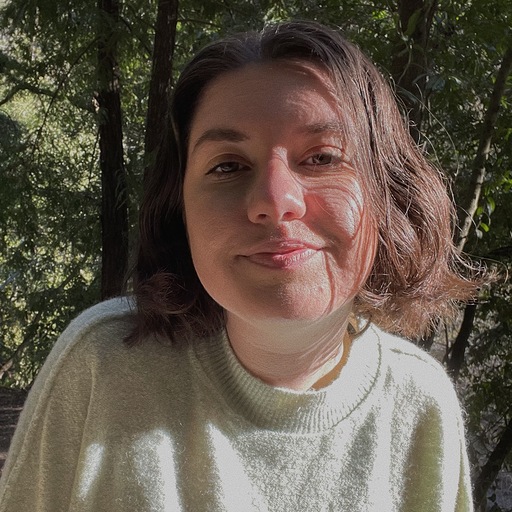
Sarah El-Mahmoud has been with CinemaBlend since 2018 after graduating from Cal State Fullerton with a degree in Journalism. In college, she was the Managing Editor of the award-winning college paper, The Daily Titan, where she specialized in writing/editing long-form features, profiles and arts & entertainment coverage, including her first run-in with movie reporting, with a phone interview with Guillermo del Toro for Best Picture winner, The Shape of Water. Now she's into covering YA television and movies, and plenty of horror. Word webslinger. All her writing should be read in Sarah Connor’s Terminator 2 voice over.
I've Always Wondered What It Would Have Been Like If Steve Rogers And Isaiah Bradley Shared A Scene Together In The MCU. Turns Out, Carly Lumbly Has Thought About Talking To Cap, Too
A Ghosts Star Shared His Hopes When It Comes To Ghosts Being 'Sucked Off,' And I'm Right There With Him
